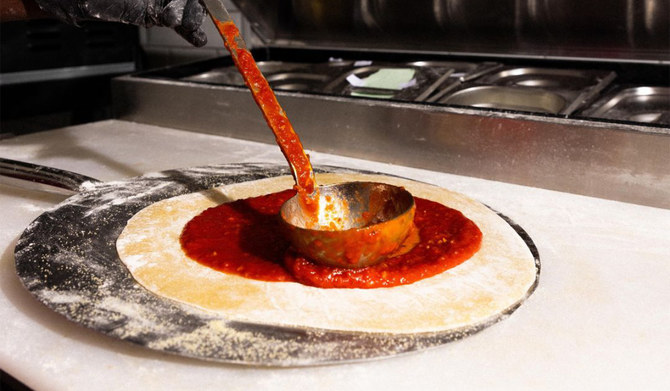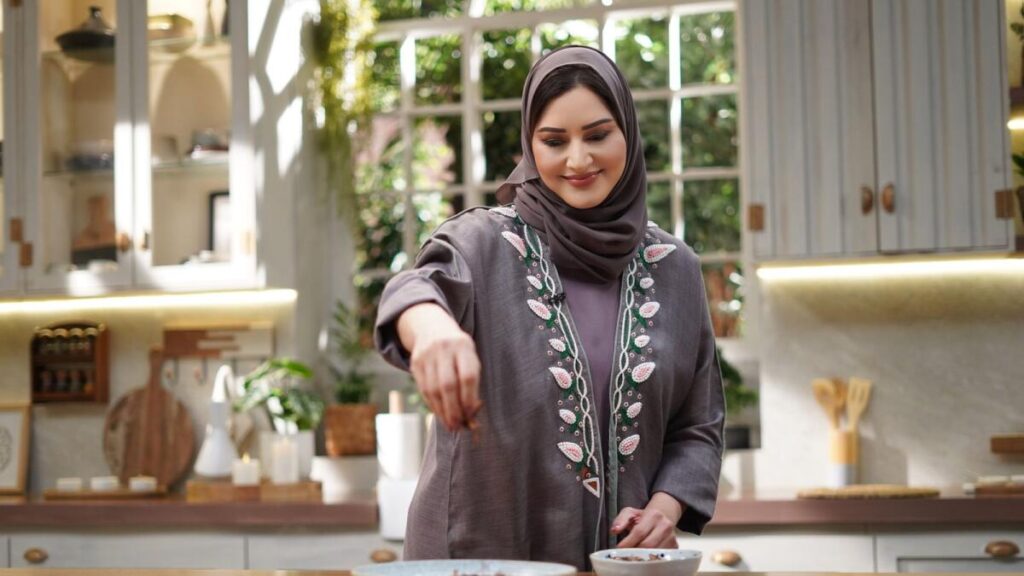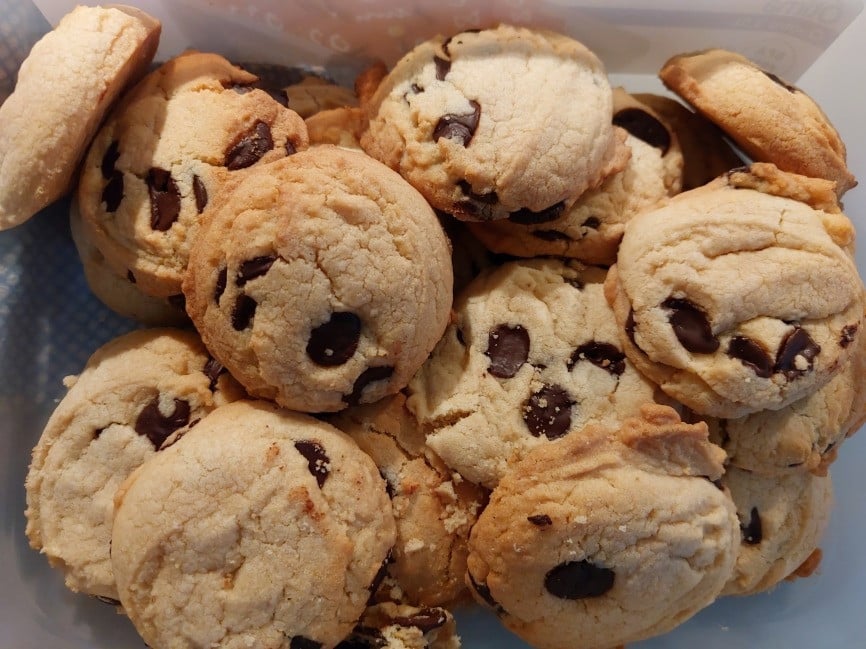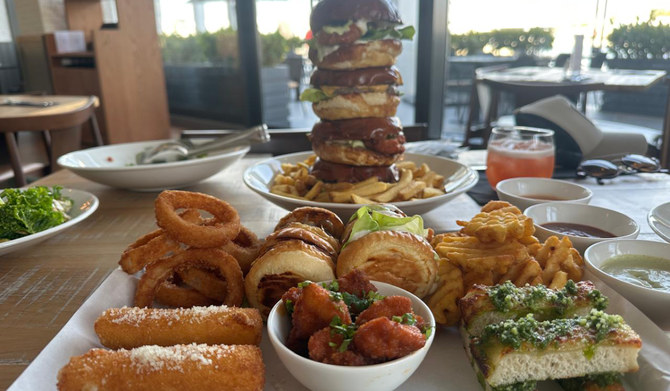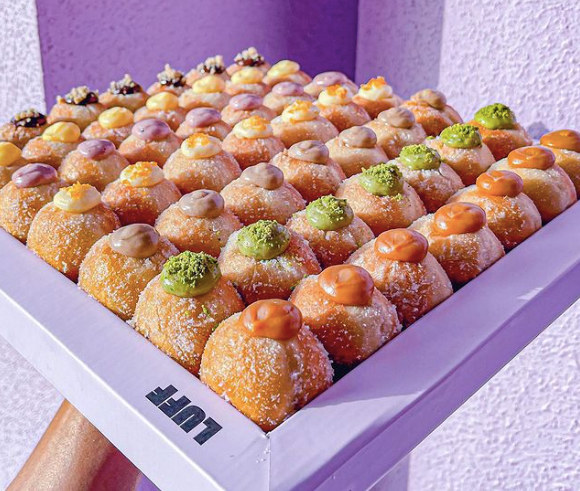
Rachel Roddy
Sometimes, on a Saturday morning, we drive to Gatti & Antonelli. It is one of Rome’s numerous pasta all’uovo (fresh egg pasta) shops, and it is certainly one of the best. It’s a handsome space, with a long, marble counter, a window on to the back workshop, bright yellow signs with timings and prices, and two shelves that display eggs and a large collection of small ornamental chickens. When my son was small, it was one of the few occasions I didn’t mind his shouting, because he voiced what I felt: “Chickens! Look at the chickens! Can I hold one?” This scene reminded me of scenes from my own childhood: staring at the lines of ornaments at my grandma’s house and thinking they were treasures, then being allowed to hold a little elephant, which I squeezed so it brought me luck.
Decades beyond my squeezing and years on from my son’s shouting, we now choose which chicken we would hold – the one with the gold neck, or the white one that looks like an egg? – while we wait in line. Behind the marble counter, which is veined like cheese, two women in white coats and blue hairnets serve efficiently, lifting long and short pasta from shallow boxes into stiff paper trays – tortellini, agnolotti, ravioli, fettuccine, tonnarelli, pappardelle. The smell in Gatti is hopeful and sappy, like fresh sawdust and a clean baby. Many have come for the agnolotti ripieni di carne (agnolotti stuffed with meat) – the specialty of the house. I, however, have come for fettuccine.
At first glance, long, slender fettuccine seem the identical twin of tagliatelle. Look closer, though, and you see that they are less exacting than the 8mm of their northern cousin: either thicker or thinner, and not rolled as thinly, so with more substance – rather like a Roman. Fettuccine means “little ribbons”, and they are direct ancestors of wisp-thin capelli d’angelo. In the hands of strong-armed home cooks, wisps became ribbons, hand-rolled and served on a Sunday, often with meat ragu and often with rigaglie.
In Rome, rigaglie is the generic term for chicken giblets. Traditionally, fettuccine con le rigaglie was an economical dish that used this good but cheaper part of the chicken (along with just a little ground beef and pancetta). This version uses only the livers (although you could use giblets) and includes marsala and mushrooms, which bring deep flavour; also sage for musty contrast and butter for flavour and shine. Fresh fettuccine or tagliatelle are ideal here, as are dried.
Fettuccine with chicken liver and mushroom ragu
Prep 20 min
Cook 20 min
Serves 4
250g chicken livers
40g butter
2 tbsp olive oil
2 shallots, peeled and finely diced
1 garlic clove, peeled and finely diced
50g pancetta, diced
100g ground beef
30g porcini, soaked in 150ml warm water
3 whole sage leaves
Salt and black pepper
1 heaped tsp tomato paste, dissolved in 150ml marsala, vermouth or the porcini soaking water
500g fresh or 400g dried fettuccine, tagliatelle or pappardelle
Parmesan or pecorino, grated
Bring a pot of water to a boil for the pasta. Trim the livers of any sinew or discolouration, then wash and pat them dry. Cut each liver into six.
In a heavy-based pan set over medium-low heat, warm the butter and olive oil, then fry the shallots until soft and translucent. Add the garlic, pancetta, ground beef, drained and chopped porcini (reserve the soaking liquor if you’d prefer to use that instead of marsala or vermouth later) and sage, and cook, stirring, for a few minutes.
Courtesy: theguardian
The post Rachel Roddy’s recipe for fettuccine with chicken liver and mushroom ragu appeared first on The Frontier Post.



